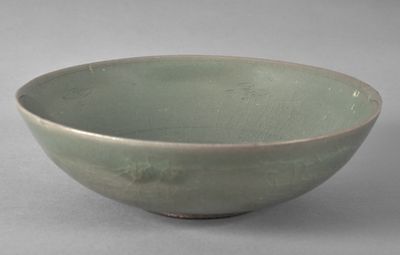

Ancient Chinese Porcelain Art
Venue: Gallery N17
The National Museum of China boasts a rich collection of porcelains, and over 100 pieces (sets) of them are selected to be on display. The exhibition consists of three sections, namely “Porcelain with Coloured Glaze”, “Porcelain with Underglaze Colours”, and “Porcelain with Overglaze Colours”.
The exhibits span from the Western Zhou Dynasty to the late Qing Dynasty. Among them, there are several masterpieces in the history of ceramics, for example, the celadon zun covered with lotus designs of the Southern and Northern Dynasties, the olive-green porcelain of the Tang Dynasty, the blue-and-white jar with cloud-and-dragon design of the Yuan Dynasty, the blue-and-white dish with peony-branch design and folded rim of Emperor Yongle’s reign (1402-1424) of the Ming Dynasty, the cloisonné enamel vase with a garlic-shaped mouth and interlaced flower design of Emperor Kangxi’s reign (1661-1722), the famille-rose dish with peach branch design of Emperor Yongzheng’s reign (1722-1735), and the blue-and-white hexagonal vase with fruit and floral sprays of Emperor Qianlong’s reign (1735-1796) of the Qing Dynasty.


